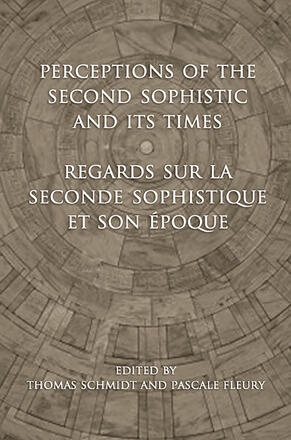
Perceptions of the Second Sophistic and Its Times - Regards sur la Seconde Sophistique et son époque
Description
The Second Sophistic (50 to 250 BCE) was an intellectual movement throughout the ancient Greek and Roman world. Although it can be characterized as a literary and cultural phenomenon of which rhetoric is an essential component, other themes and values such as peideia, mimesis, the glorification of the past, the importance of Athens, and Greek identity pervade the literature and art of this era.
From a workshop held at Université Laval, Perceptions of the Second Sophistic and its Times brings together fourteen essays and a range of perspectives, including work from scholars in literature, philology, linguistics, history, political science, sociology, and religion. The essays explore the Second Sophistic and describe how the intellectual elites of this period perceived and defined themselves, how they were judged by later authors, and how we understand them today.